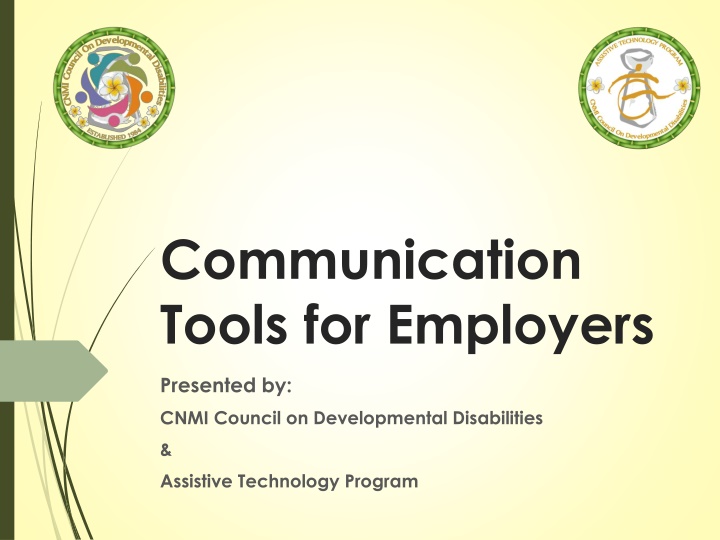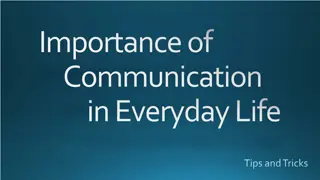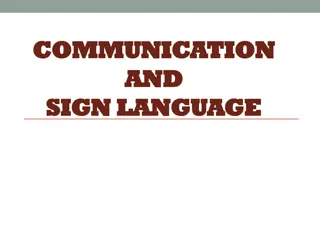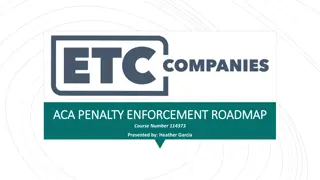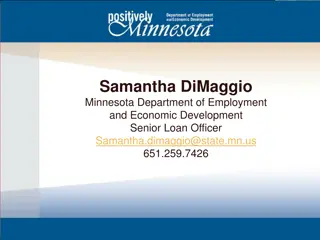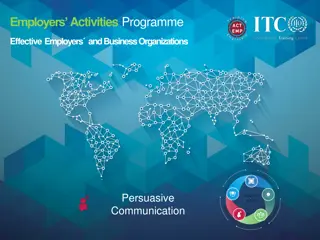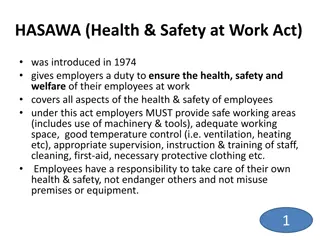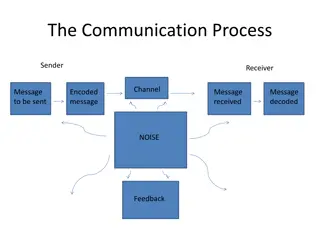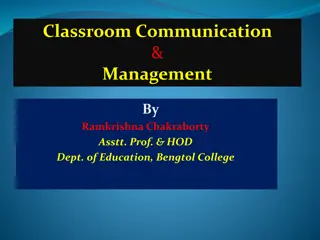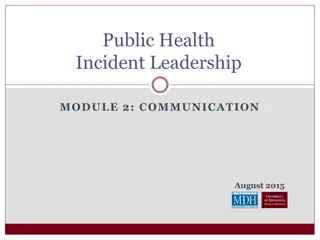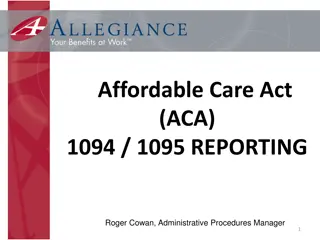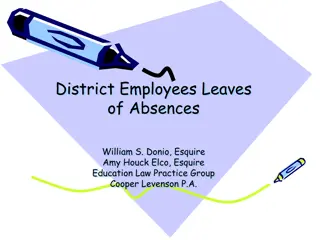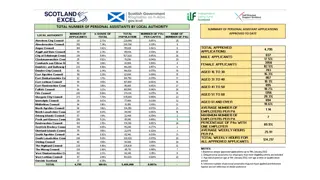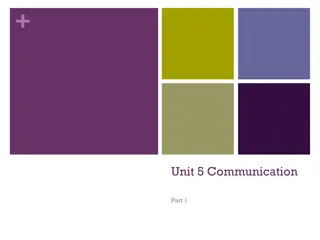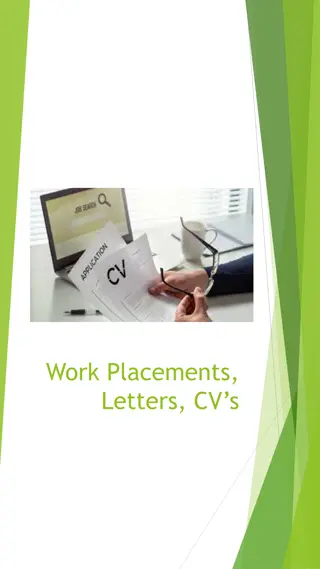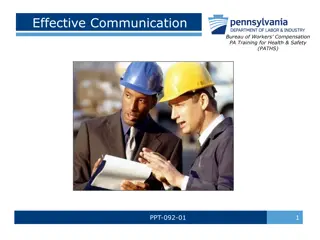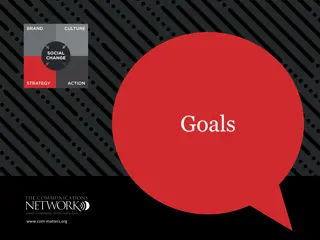Effective Communication Strategies for Employers
Discover communication tools and assistive technology to enhance interactions with individuals with disabilities. Engage in activities to improve communication skills and learn about assistive technology categories. Gain insights on areas where assistive technology can be applied and access practical communication tips for employers.
Download Presentation

Please find below an Image/Link to download the presentation.
The content on the website is provided AS IS for your information and personal use only. It may not be sold, licensed, or shared on other websites without obtaining consent from the author.If you encounter any issues during the download, it is possible that the publisher has removed the file from their server.
You are allowed to download the files provided on this website for personal or commercial use, subject to the condition that they are used lawfully. All files are the property of their respective owners.
The content on the website is provided AS IS for your information and personal use only. It may not be sold, licensed, or shared on other websites without obtaining consent from the author.
E N D
Presentation Transcript
Communication Tools for Employers Presented by: CNMI Council on Developmental Disabilities & Assistive Technology Program
How Critical Is Communication?
Activity Rules Once the trainer has set up the groups remember to follow these rules: 1. No turning around 2. Neither person is allowed to show your drawing 3. The person drawing can only use three words to communicate, yes, no and repeat 4. You have 5 minutes
Activity Discussion Was it a difficult activity? What were the challenges? How could we have done it better?
Please refer to your Communication Tips for Employers Handout. Before we take a look at the types of Assistive Technology communication tools let s look at some basic tips on how to communicate with a person with specific disabilities.
Communication & Assistive Technology Assistive technology (AT) device means any item, piece of equipment or product system, whether acquired commercially off the shelf, modified or customized, that is used to increase, maintain or improve the functional capabilities of a child with a disability. The term does not include a medical device that is surgically implanted, or the replacement of such device. The Individuals with Disabilities Education Act of 2004 [Authority: 20 U.S.C. 1401(1)] AT falls into essentially three categories:
Areas that AT looks at.. Seating, Positioning and Mobility Communication Computer Access Motor Aspects of Writing Composition of Written Materials Reading Math Organization Recreation Leisure Vision Hearing General and Daily Living Skills
Please refer to your Communication Access Options Handout.
Please refer to our brochures for our contact and additional information. Thank You CNMI Council on Developmental Disabilities And Assistive Technology Program
